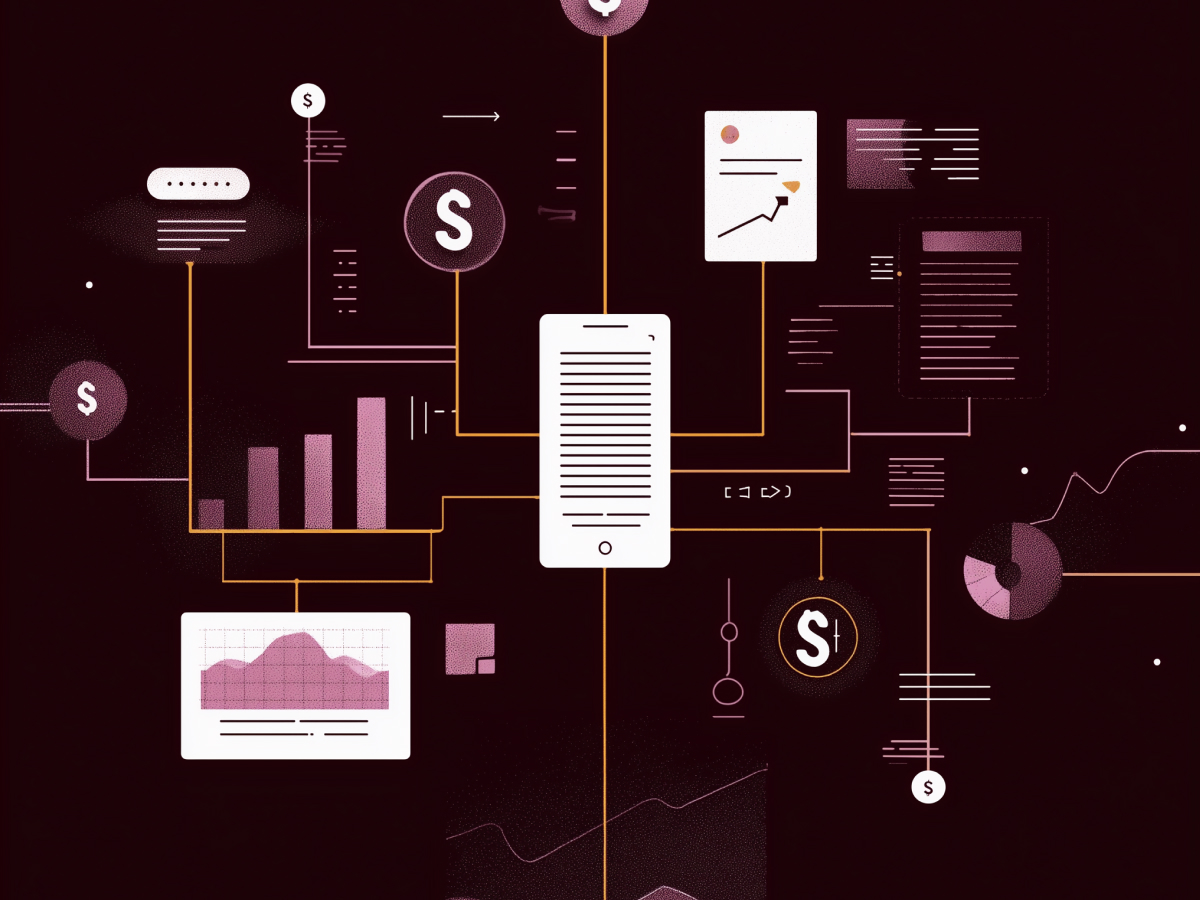AI has changed product development, providing substantial improvements across multiple stages of the process. It refines brainstorming sessions, validates market demand with precision, optimizes development strategies, and accelerates prototyping.
When automating routine tasks and analyzing vast amounts of data, AI tools facilitate the creation of innovative, user-centric products.
Adoption of technologies such as chatbots, virtual assistants, and self-driving vehicles shows AI’s capability to mimic human behavior and handle complex tasks. Such tools are increasingly sophisticated, contributing to more seamless interactions and efficient operations.
AI-powered tools like ChatGPT and GitHub Copilot are revolutionizing business and software development, driving efficiency and innovation. AI-powered tools assist in writing code, managing customer interactions, and more, demonstrating AI’s broad applicability.
Adoption of AI in software development
The integration of AI into software development is becoming mainstream.
A survey by TechReviewer.co indicates that 90.9% of small and medium-sized software companies are currently incorporating AI technologies into their processes. An overwhelming majority reflects the perceived value and potential of AI in increasing development efficiency and product quality.
Conversely, 9.1% of these companies have not yet adopted AI. This minority may face competitive disadvantages as AI continues to prove its effectiveness in streamlining operations and fostering innovation.
Widespread adoption among peers also indicates a trend towards increasingly sophisticated and efficient development practices, likely driving the entire industry forward.
First steps, product ideation
Communication barriers between developers and clients can lead to misaligned expectations, costly delays, and ultimately, product failures. Developers might miss critical client requirements, or clients might not fully understand the development process.
AI addresses these challenges by facilitating clear, effective communication. AI tools can capture and analyze client needs accurately, making sure that all relevant information is incorporated into the development process.
AI as a mediator in developer client interactions
Structured interviews are key for understanding client needs in software development.
Adhering to a set list of questions lets developers collect consistent and thorough data, which in turn simplifies the comparison of responses and identification of common themes and specific requirements.
AI tools like Insight7 can transcribe and analyze these interviews rapidly, providing qualitative insights that capture client needs accurately.
AI’s ability to remove human biases and analyze extensive interview data quickly means no detail is overlooked.
Natural language processing (NLP) tools extract key themes and sentiments from transcripts, helping developers prioritize features that align with client expectations. In the edtech sector, a company could use AI to categorize and prioritize user requests from audio recordings submitted by students, teachers, and supervisors, addressing the distinct needs of each group efficiently.
AI tools transform qualitative insights from interview transcripts into specific, measurable goals. When identifying recurring themes and critical issues, AI helps focus development efforts on areas that will have the highest impact on user satisfaction and product performance.
Sentiment analysis can highlight areas of client satisfaction or dissatisfaction, providing clear guidance for improvements.
In eCommerce app development, AI might identify frequent complaints about the complexity of the checkout process. Conducting sentiment analysis after each development sprint helps AI pinpoints areas of high customer satisfaction or dissatisfaction, converting these insights into actionable goals for the development team.
Idea generation and validation
AI has the potential to significantly improve brainstorming sessions.
Tools like Colaj integrate AI into real-time strategic and design discussions, where AI acts as an active participant. Colaj helps stimulate creativity and overcome mental blocks, leading to a constant flow of ideas. AI can propose bold and innovative suggestions that humans might hesitate to share, leading to a more dynamic and creative environment.
AI significantly improves the validation of ideas in the early stages of software development.
When processing large volumes of data, AI helps product managers and designers to quickly identify trends, forecast demand, and analyze the competition. Capability is particularly valuable in industries like fashion, where McKinsey reports that 73% of fashion executives plan to prioritize generative AI for trend analysis in 2024.
AI algorithms can evaluate the viability of ideas before substantial resources are committed, increasing the chances of success.
When simulating business scenarios and forecasting outcomes, AI helps companies understand the operational and financial implications of their product ideas, making it easier to make informed decisions early in the development process.
Product development strategies with AI
AI drives both innovation and efficiency in new product development (NPD) by leveraging data and automation.
For companies venturing into unfamiliar territories, AI assists in reducing the learning curve and accelerates the development process. A company specializing in consumer electronics might decide to expand into the smart home market with a new smart thermostat.
AI tools can simulate various user scenarios and environmental conditions, allowing developers to test and refine product features quickly.
Improvements in current products
AI is instrumental in optimizing user experiences by analyzing vast amounts of user behavior data and feedback. Through advanced algorithms, AI identifies usage patterns, preferences, and pain points, guiding developers on where to make improvements.
Improving popular features and redesigning or removing less effective ones means developers can create a more engaging and intuitive user experience, thereby increasing user satisfaction and retention.
Predictive maintenance
AI’s ability to analyze performance data is invaluable in predictive maintenance. When continuously monitoring equipment, AI detects anomalies that could indicate potential failures.
Such predictive capability helps maintenance teams address issues before they escalate into costly breakdowns. In industrial settings, for example, AI can analyze real-time sensor data from machinery to predict when a component might fail.
Proactive maintenance approach reduces downtime and extends the lifespan of equipment, leading to significant cost savings and operational efficiency.
Prototyping and early design
AI significantly accelerates the prototyping phase by automating repetitive design tasks, generating high-fidelity mock-ups, and even producing code prototypes in a fraction of the time it would take manually.
Rapid prototyping capability allows businesses to explore a wider range of ideas and concepts swiftly. An example of this is Relume AI, which can create an entire website mockup in just 37 seconds. While not a final design, it provides a strong starting point for testing concepts and creating MVPs (Minimum Viable Products).
Speed and efficiency in prototyping mean that companies can iterate more frequently, incorporate user feedback faster, and bring refined products to market more quickly.
Flexibility and accessibility
AI democratizes the prototyping process by helping teams with basic coding skills to develop functional prototypes, freeing up highly skilled designers and developers to focus on refining and perfecting the product rather than starting from scratch.
Lowering the barrier to entry for prototyping means AI can lead to broader team participation in the development process, creating a more collaborative and innovative environment. Flexibility speeds up development and makes sure that more ideas can be tested and refined, leading to better end products.
Main takeaway
The integration of AI into product development processes results in more efficient, user-centric products.
Key benefits include rapid prototyping, which allows for faster iteration and user feedback integration, and improved user experience through data-driven refinements. Predictive maintenance all but guarantees reliability and longevity of products, reducing downtime and costs.
As AI tools continue to evolve and improve, their adoption will likely drive further innovation and efficiency across various industries, cementing AI’s role as a cornerstone of modern product development.





